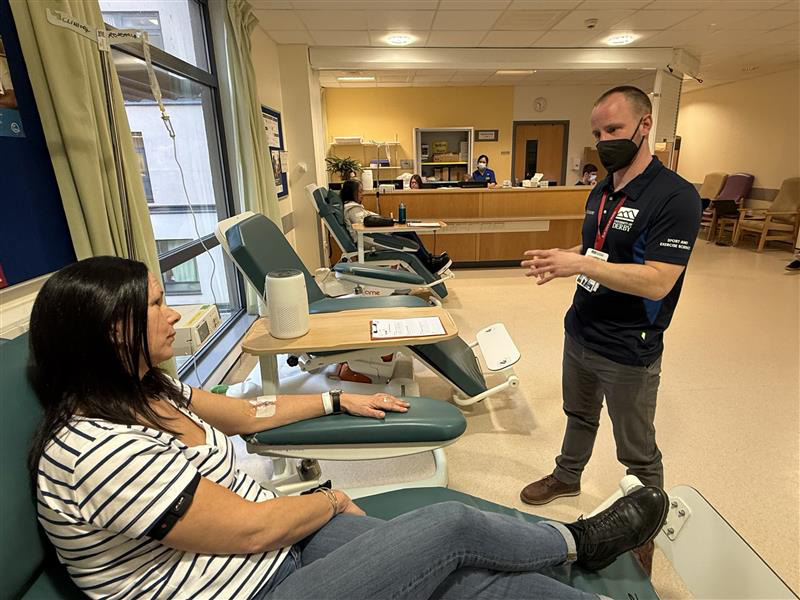Higher Education Participation statistics

This is a new statistic measuring higher education (HE) participation by school cohorts. It calculates the proportion of the population aiming to complete a qualification at HE level.
From this year, the percentage of individuals entering HE is measured for each cohort in state and special schools at age 15. Work-based learning, such as apprenticeships are excluded.
Cohorts of 15-year-olds can be tracked from 2001/02 in the National Pupil Database (NPD), up until their participation in HE in 2020/21, the latest year available, when that cohort will have reached age 34.
Time series in this publication will focus on participation in HE by age 25. This will be referred to as the CHEP-25 rate. Using age 25 gives a good balance between timeliness while still giving students time to enter HE.
Participation data for other ages has been made available in the downloadable files. The CHEP measure adds value on top of other similar measures as it tracks participation at older ages.
Estimating participation based on current participation levels
The new cohort methodology supersedes the previous measure of higher education participation (HEIP), which estimated participation by age 30 based on ‘current’ participation levels, rather than tracking a cohort.
An equivalent estimate of ‘current’ participation, which is the sum of age-specific participation percentages in a single year, has been derived this year from the new cohort-based data. See section Comparison with the previous measure for further details.
You can view the previous HEIP publications under Past releases on the right sidebar. HEIP has been published by DfE (and former Departments) since 2004.
The latest year of HE participation data is from the academic year 2020/21.
In this year:
- the 2005/06 cohort will have turned 30, and their participation rate by that age (CHEP-30) was 43.9%, an increase of 3.1 percentage points from 40.8% for the 2001/02 cohort
- the 2010/11 cohort will have turned 25, and their participation rate by that age (CHEP-25) was 47.0%, an increase of 8.2 percentage points from 38.8% for the 2001/02 cohort.
- the 2015/16 cohort will have turned 20, and their participation rate by that age (CHEP-20) was 45.9%, an increase of 12.3 percentage points from 33.6% for the 2001/02 cohort.
Most tables in this publication cover the 10 cohorts of 15-year-olds from 2001/02 to 2010/11 and feature the CHEP-25 rate. For each breakdown in this release, we have also included the CHEP-20 and CHEP-30 rates for download in the Explore data and files section below.
Differences with the cohort method
- The previous Higher Education Initial Participation (HEIP) methodology estimated future participation by age 30 using current participation levels, whereas CHEP tracks historical cohorts of school pupils to measure actual participation.
- HEIP estimated that HE participation has exceeded 50% since the 2015/16 academic year; the highest CHEP-30 rate measured so far was for the 2005/06 cohort of 15-year-olds, of which 43.9% had participated in HE by age 30 in 2020/21. We can see that later cohorts have already exceeded this rate by age 25, so are on track to reach 50% participation by age 30. Both measures show an increase in participation over time at a similar rate.
- Using the new cohort-based approach means we can analyse participation by pupil characteristics taken from the school census, so we have included breakdowns by specific ages, gender, and region. Information on their HE participation such as level and mode of study is available as with HEIP before.
Sector Response
Steve Haines, Director of Public Affairs at youth charity Impetus, said:
“It’s really encouraging to see that more young people than ever are going on to higher education.
“Far from continuing to gate-keep higher education for the few, we should be throwing the doors open for all young people with the desire and ability to benefit from it.
“Even with record numbers of young people entering higher education, those who come from disadvantaged backgrounds are still 40% less likely to go to university than their better off peers.
“For a successful economy we need to close the access gap and support young people from all backgrounds to succeed. This means high-quality tutoring, comprehensive contextual offers, and help to overcome additional barriers such as social capital and a sense of belonging. And it means measuring the benefits of higher education on more than future income alone.
“We’re proud to be working with the Office for Students and the third sector on action to address this problem, as well as supporting our charity partners The Access Project and Into University to continue providing this – sadly, still very much needed – work.”











Responses